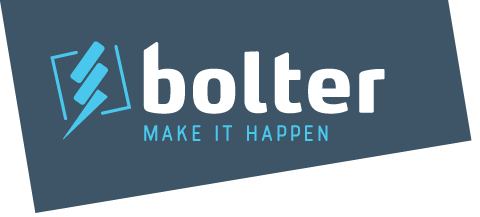App – short for ‘application’- is the same thing as a software program. While an app may refer to a program for any hardware platform, it is most often used to describe programs for mobile devices, such as smartphones and tablets.
Releasing an app can be a big step for any business. With an estimated 3.2 billion smartphone users worldwide, tapping into the market can lead to a substantial financial boost and allow for your products to be more visible or your services more conveniently used by your clients or customers.
There are a couple of steps to think about and take when you are exploring creating an app:
Discovery
This stage of release involves research and initial application ideas. In particular, you must identify and understand your market and audience. You should aim for your app to solve a problem, so ask yourself ‘why’ users would want to download and use your app?
There are many apps available these days, which means that if you are a new business starting out solely from an app, you need to find a niche that will differentiate you from existing competitors.
You + Your App = Problem Solved. Here are a few examples:
- YouTube: solves the problem of watching videos in different places all over the internet. Whether it be informative or just to kill time, if it’s in video form it will be in one place on YouTube.
- Slack: allows co-workers to communicate, send documents and make secure calls reducing the need for emails and internal communications.
- Facebook Messenger: provides an instant way to communicate with family and friends over the internet without the use of cellular service.
Consider ‘first to market advantage’, which is the advantage gained when products are the first of their kind. It may not be viable to create a messaging app the same as Facebook Messenger or WhatsApp unless your app is substantially different. This is why knowing your audience is important and from there trying to find a niche for your app.
Just like starting a business, you should conduct market research. It is a common mistake to go straight from an idea to a working prototype. Don’t spend precious time and money on an idea that won’t get off the ground.
Check out if any of your competitors have an app – check out their app reviews and maybe even download the app and see how yours is different.
Develop
Once you have a well-researched and viable app idea, it’s time to make and develop your app. It’s important to keep a high level of confidentiality around your app, its designs and functions. If you involve anyone in this process, including app developers, you should consider arranging a deed of confidentiality or non-disclosure agreement to be signed – which is essentially the same document.
There are several steps to creating an application. Generally, these are as follows:
- Sketch
- Wireframe
- Mock-up, and
- Prototype.
Sketch
The first step in app development is to sketch out your ideas, designs and functions – just remember to keep your ideas very confidential otherwise you may be throwing away your intellectual property. Don’t allocate a significant amount of resources to this stage as your app will grow and evolve as you progress through the various steps.
It is a good idea to come back to this initial stage – and then progress through the next three – to evaluate changes to your app.
This is the point in time where you would usually engage an app developer or attempt to build the app yourself – such as through your own coding skills or through a software platform.
Wireframe
A wireframe is a simplified concept and structure plan of the app. These are essentially plans and still images of the app, which will give some indication of how the app will work and how it will look and function. These images don’t focus on really intricate details but express the app’s most important design elements.
Mock Up
A mock-up is a step further from a wireframe. A mock-up is a series of images which will look like the final product of the app. The mock-up is generally not interactive.
Prototype
A prototype is the interactive demonstration stage of the app. It’s where the app appears to be live and where you can trial its interface and useability. The prototype will look and function like a final product and can be tested on users to get feedback – subject to confidentiality requirements.
After planning and creating the app, it’s important that you revisit your business plan or case and start to consider how you will market the app. It is important that you ensure that your app has its terms and conditions sorted, and if you are collecting personal information from your users then you should have your privacy policy updated and publicly available. Once your app market is ready and your ducks are all in a row, then it is time to launch.
